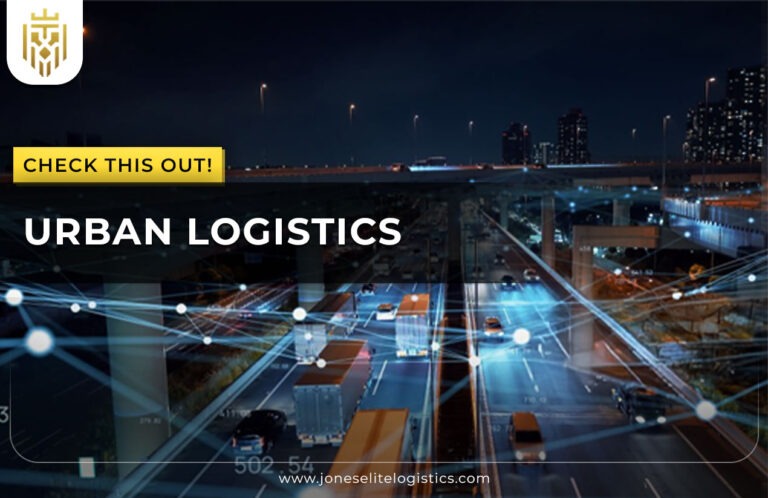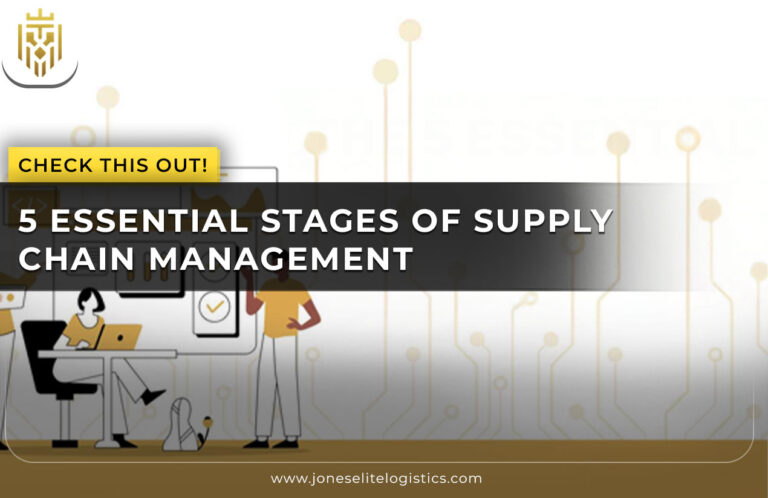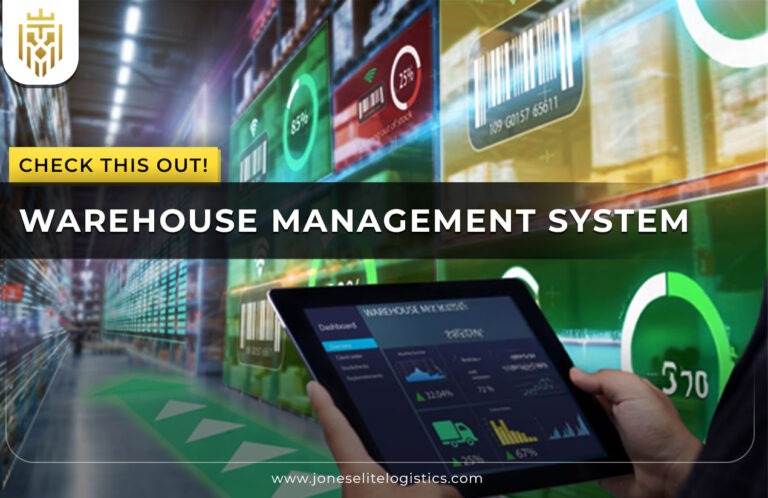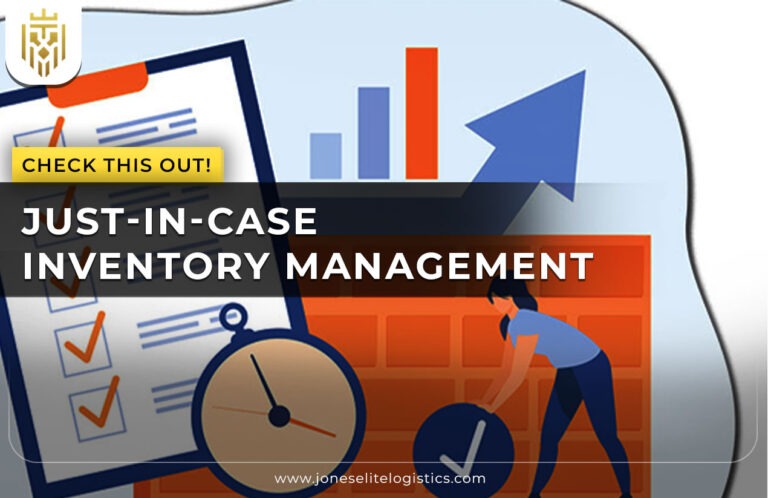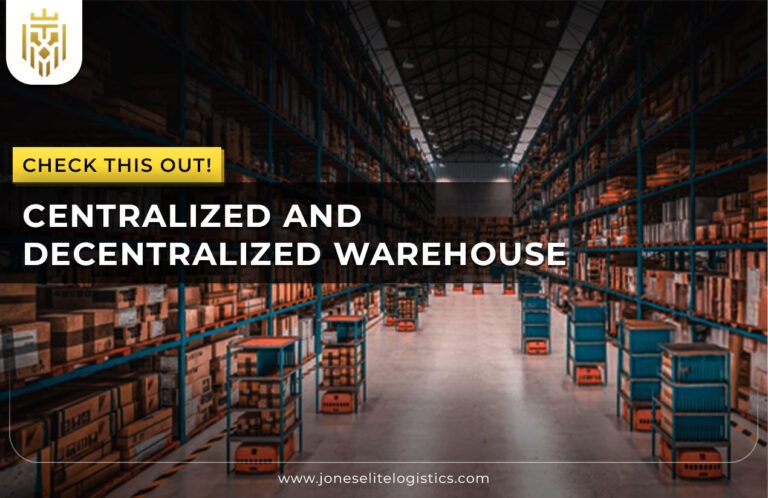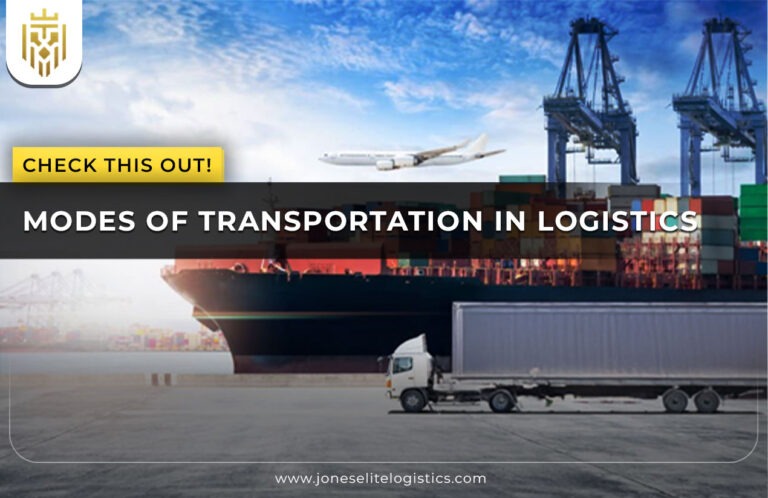What is Urban Logistics?
Urban logistics concerns the flow and distribution of products in urban areas. It guarantees ease of movement, as there are improved urban delivery systems that serve businesses and the population. The meaning of urban logistics relates to technological enhancement, efficiency, and sustainability to enhance connectivity and smart transport infrastructure in developing urban locations.
Importance of Urban Logistics Management
Efficiency of logistics in city areas decreases congestion, enhances reliability of delivery, and promotes economic growth. Through the incorporation of intelligent logistics, companies will be able to achieve quicker deliveries, reduced emissions, and business efficiency. It is critical towards the development of modern mobility solutions and the sustainable development of urban areas.
Components of Urban Logistics
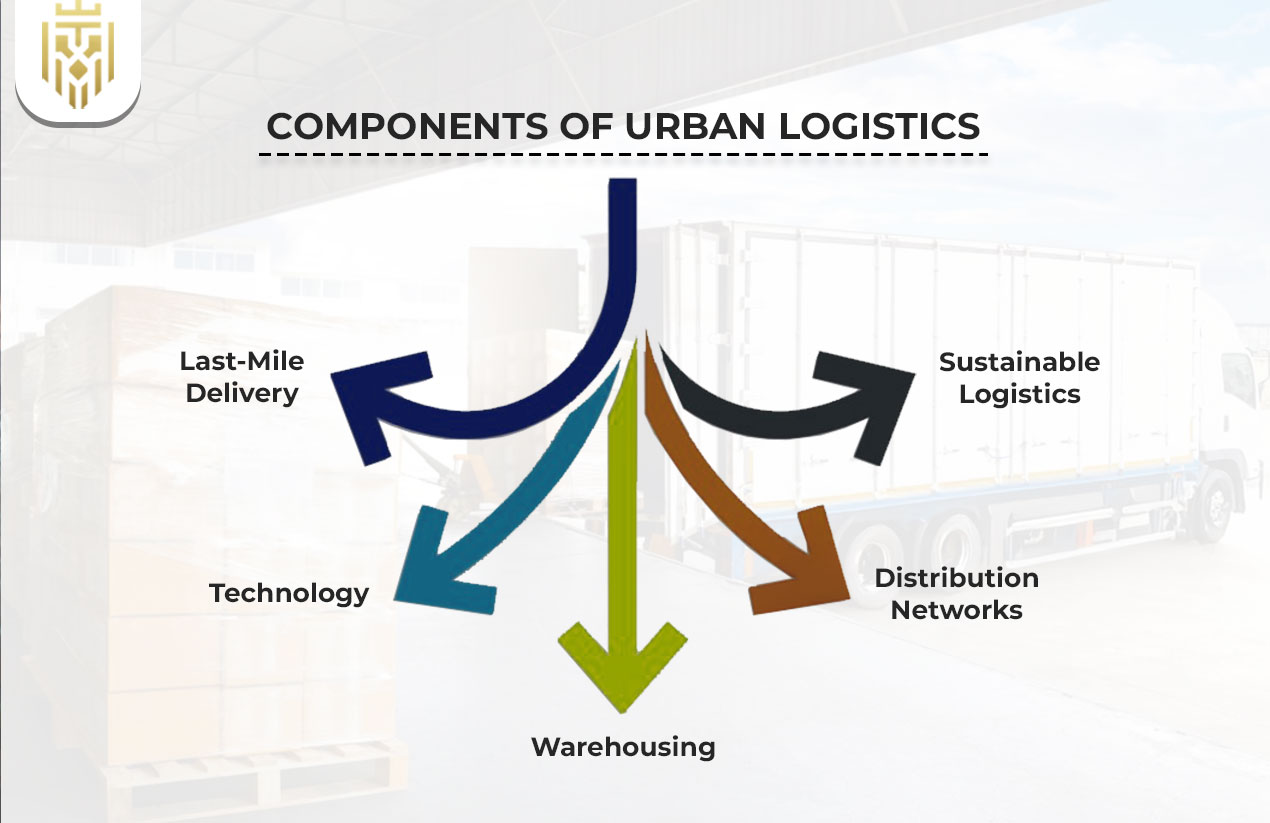
The elements of urban logistics establish the base of effective freight movements within urban centres. With urban delivery systems, smart technology, warehousing, distribution and sustainable logistics, businesses can become leaner operations with less congestion and more satisfied customers, which can make transport systems more powerful and flexible.
Last-Mile Delivery
One of the most vital elements is last mile delivery that bridges the gap between distribution hubs and the final customers. Good planning brings about speed and satisfaction among customers. More intelligent routing used in conjunction with sustainable transport practices leads to a reduction in congestion and emissions, because of which goods delivered will cross the path of fewer obstacles and be more eco-friendly.
Technology
Sustainable urban logistics is facilitated by technology in the form of automation, real-time tracking, and optimisation of routes. Such technologies as AI and IoT enhance the visibility of operations, increase the speed of delivery, and minimise the wastage of resources. These innovations contribute to the development of more intelligent, efficient delivery models, which are consistent with the current urban mobility objectives.
Warehousing
The warehouses, which are strategically located in urban areas, will make the processing of orders faster and reduce the transit distances. Advanced warehouse management systems automate the operations, reduce the delivery time, and promote greener operations. Urban warehousing contributes significantly to the speed, efficiency, and sustainability in the contemporary logistic networks.
Distribution Networks
Effective distribution networks facilitate reliable urban freight movements to guarantee the delivery of goods in time to the urban locations. These networks in combination with transport planning make costs and congestion less. They also are the foundation of effective logistics processes and allow flexible and scalable delivery and sustainable expansion.
Sustainable Logistics
Sustainable logistics aims at reducing environmental impact and does not decrease service quality. The strategy of logistics of zero emissions is included in the effort to minimise carbon footprints, develop eco-friendly deliveries, and establish a long-term resilience. It integrates transportation with environmental targets, which will make cities cleaner and more habitable for the future generations.
Challenges in Urban Logistics
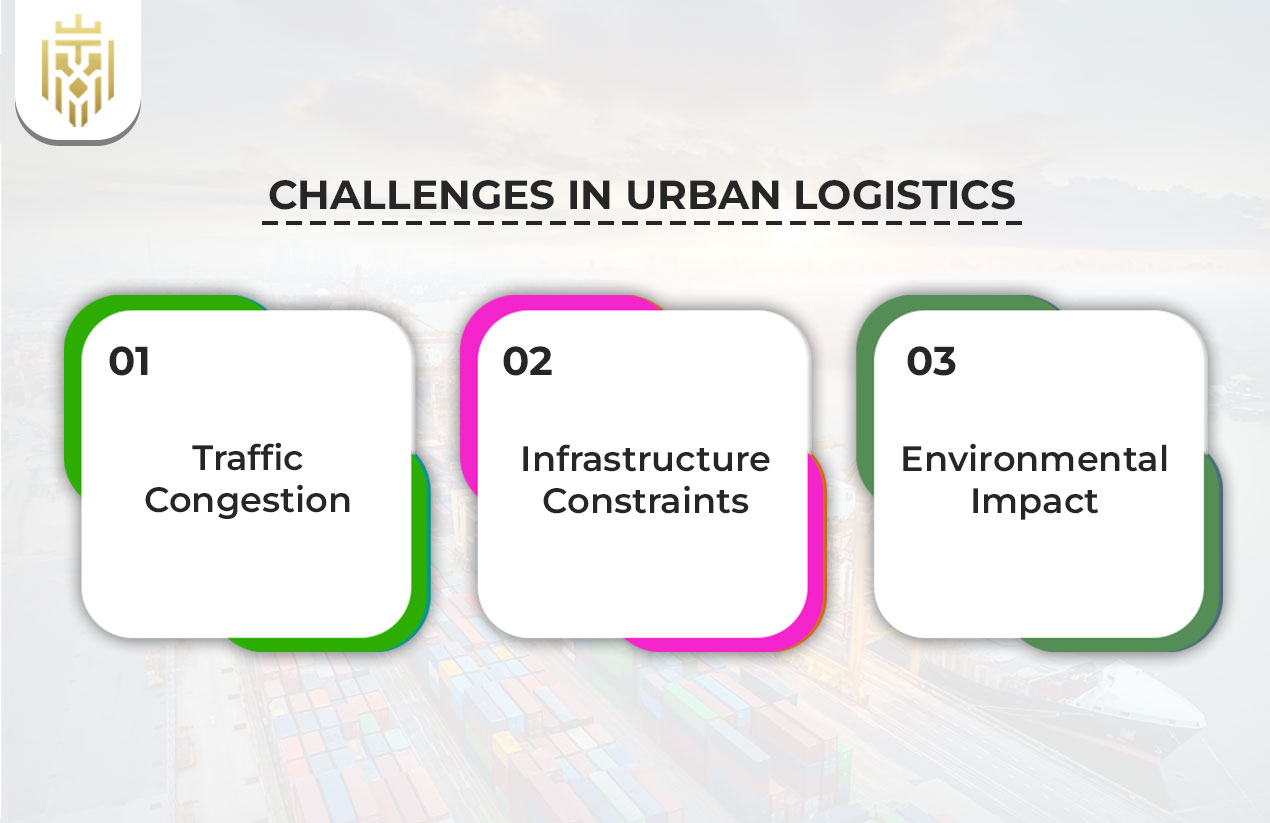
In the modern city, there is a serious problem with urban logistics, which includes congestion, infrastructure constraints, and environmental stress. These problems can be solved through the concept of sustainable transport and planning, which will guarantee efficient transportation of products and minimise operational expenses of businesses and communities.
Traffic Congestion
Traffic congestion slows down optimisation of the last mile and operations. The conditions of urban delivery operations are prone to unpredictability, and adaptive routing is necessary. Smart logistic solutions and sustainable transport systems can be used to relieve congestion, enhance delivery time, and provide stress relief to the urban infrastructure.
Infrastructure Constraints
The lack of infrastructure hampers the delivery system in the urban areas, which slows down movement and increases costs. Ineffective hubs and poor road design might result in inefficiencies in the deliveries. The integration of mobility networks and strategic transport planning are the key elements that will be needed to help fulfil the increasing urban logistics needs.
Environmental Impact
The city freight is a major contributor to pollution. An increase in green urban logistics activities, including electric and low-emission vehicles and routes, will minimise negative outputs. By creating low-emission areas, air will be cleaner, and the logistics strategies will be consistent with the environmental sustainability objectives within the urban areas.
Technologies that Drive Urban Logistics
Technology is changing the nature of urban logistics by making it smarter, more automated, and visible throughout the supply chain. AI, IoT, electric cars and digital platforms are used to improve the management of logistics, providing more efficient and greener urban mobility that is flexible to meet the demands of the future-ready cities.
Artificial Intelligence
AI also boosts supply chain effectiveness by predicting analysis, automatic scheduling, and route optimisation. These abilities contribute to quicker choice bearing, more coordinated delivery and more long-term delivery systems, enhancing the efficiency and minimising the environmental consequences of the movement of freight in urban areas.
Electric Vehicles
Electric vehicles are instrumental in ensuring that there are improved zero-emission logistics because carbon emission is reduced, and noise is also minimised. Their ingestion into delivery fleets guarantee the adherence to the environmental regulations and promote smarter and greener mobility options of sustainable urban transport.
IoT
Internet of Things enhances coordination and real-time visibility. IoT devices will be used to track cars, and monitor the situation, and assist the smart logistics solutions to enhance the accuracy and reliability of operations. The technology plays an important role in ensuring that urban freight is more flexible, information-based, and responsible.
Digital Platforms
Urban logistics operates in digital platforms that combine the real-time network between the carriers, warehouses, and the customers. They facilitate the communication process, optimise the routes, and improve delivery services by providing the goods with a seamless movement in the complicated urban network and distribution systems.
Strategies for Managing Urban Logistics
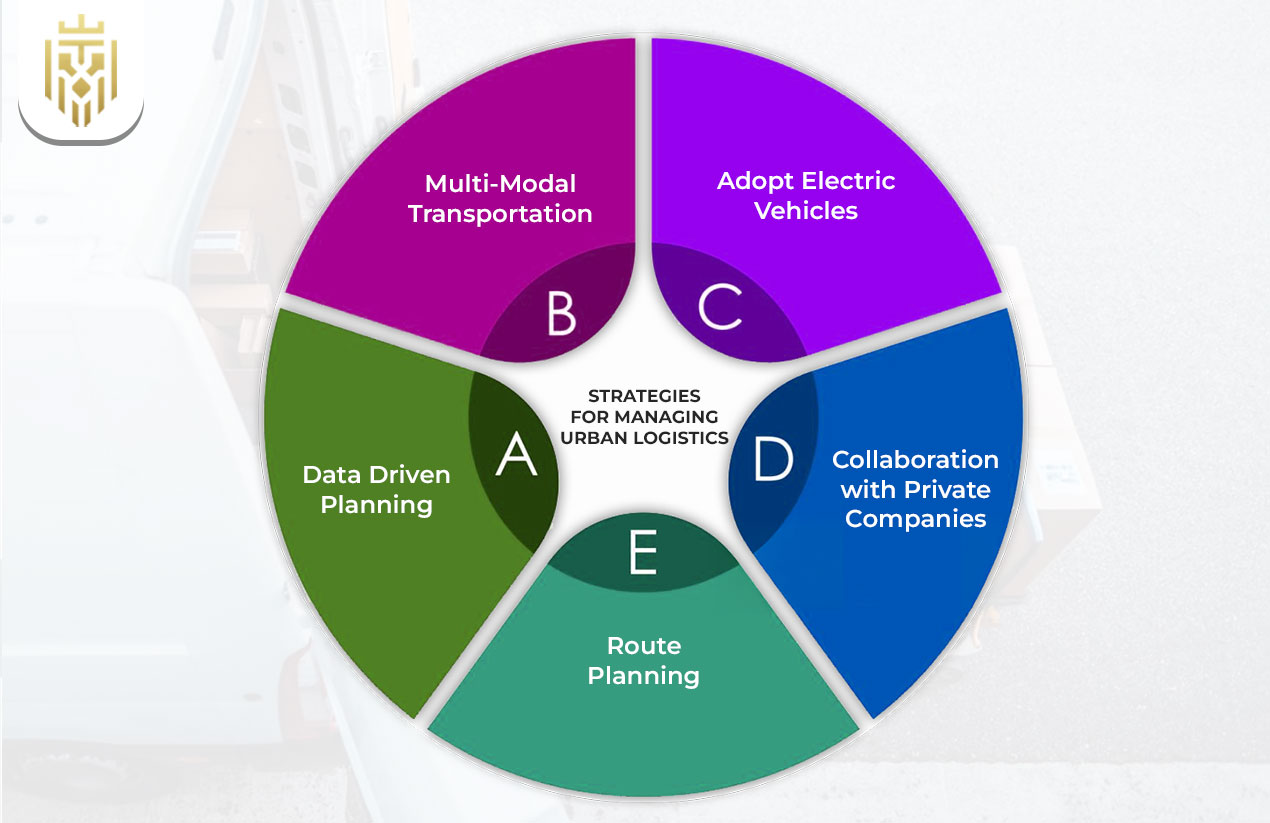
Urban logistics requires the combination of planning, innovation, and collaboration to be managed effectively. Using smart logistics, electric vehicles, data-driven decisions, and partnerships, businesses could have sustainable delivery system and create resilient and cleaner urban transport ecosystems that facilitates growth.
Data Driven Planning
Data-driven transport planning guarantees enhanced routing, scheduling, and prediction. High-level analytics will increase efficiency of delivery and minimise congestion. The strategies facilitate the optimization of sustainable urban logistics, which makes the city freight operations cleaner, faster, and predictable.
Multi-modal Transportation
The inclusion of various transport means enhances transport flexibility and efficiency in urban freight transport. Integrating micro-mobility, rail and road will decrease congestion and emissions. It forms a foundation of the creation of sustainable delivery mechanisms that can adapt to the constraints of urban infrastructures.
Adopt Electric Vehicles
Green urban logistics requires the inclusion of electric vehicles in the fleets. They contribute to sustainable transportation objectives, minimise operation expenses, and enhance adaptation to low-emission areas, developing more intelligent and cleaner cities with enhanced delivery processes.
Collaboration with Private Companies
Collaboration with non-governmental organisations allows effective delivery patterns and common infrastructure. The joint investment in the sustainable logistics technologies can improve the quality of services and cost-effectiveness. Cooperation assists in addressing congestion, emissions and capacity issues in city freight systems.
Route Planning
Smart route planning is used to provide better delivery services that are faster and more reliable. High-tech algorithms facilitate optimisation of the last mile and reduce travel time and emissions. Urban logistics is made more sustainable and long-term resilient through smart routing, which enhances productivity, reduces operational costs and makes them sustainable.
FAQs
1. How does sustainable logistics benefit cities?
Sustainable logistics minimises emissions, lessens traffic jams, and enhances the quality of the air. It promotes effective supply chains, enhanced movement in cities, and healthier and more habitable cities for both people and companies.
2. What technologies are revolutionising urban logistics?
Urban logistics are improved with the help of automation, artificial intelligence, electric cars, and smart ways to drive. Such innovations streamline deliveries, minimise cost and emissions and push smarter, greener urban supply chain nets.
3. What is the main goal of urban logistics?
This is aimed at making sure that there is effective and sustainable transportation of goods. It coordinates the economic development, environmental and social welfare by efficient delivery systems and infrastructural planning.
4. How do low emission zones affect logistics operations?
Low emission zones promote better vehicles, better route planning, and better practices. They might need to upgrade their fleets but, in the end, cut down on congestion and pollution to enhance the overall delivery efficiency.

